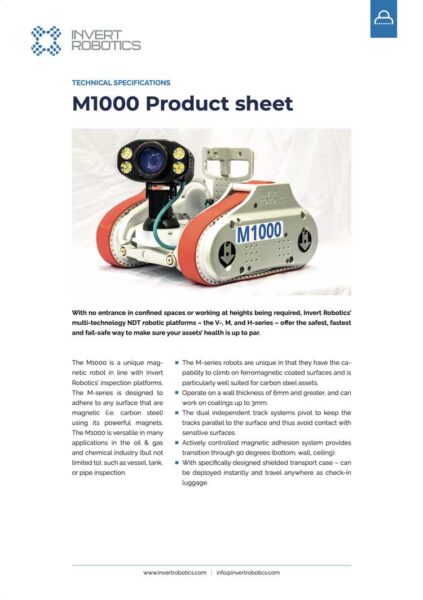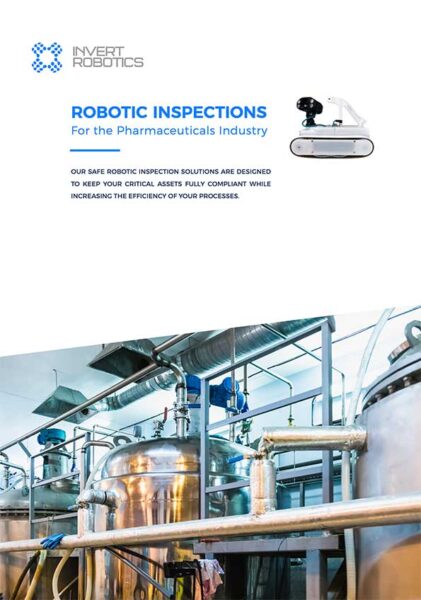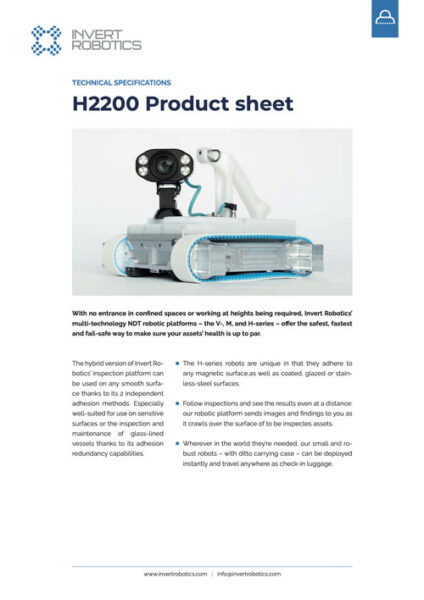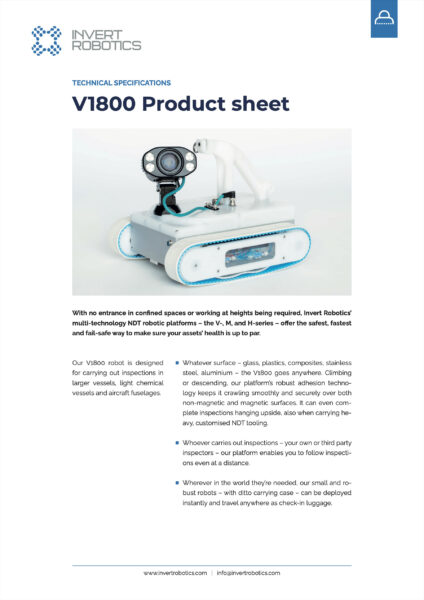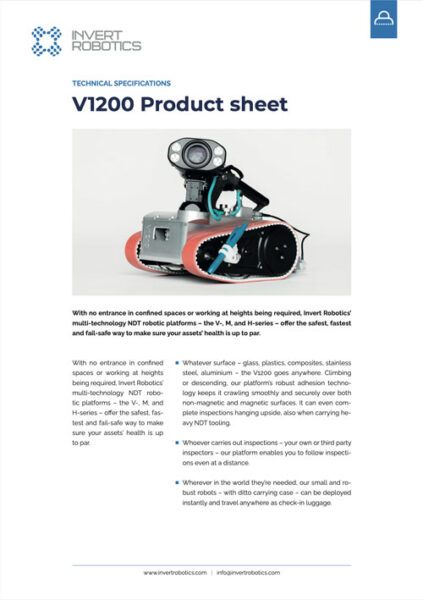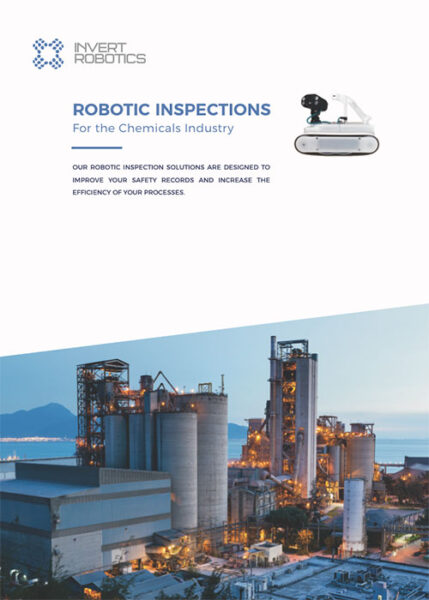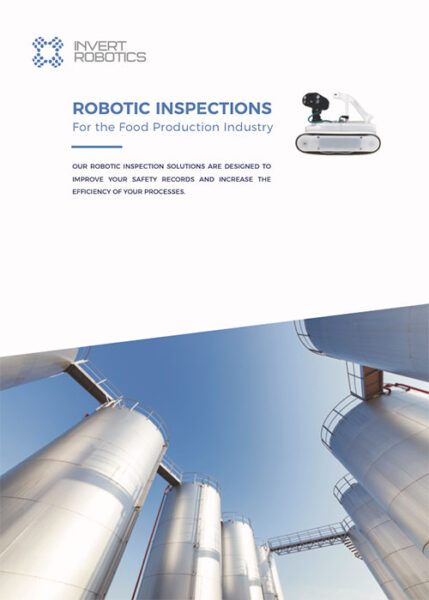The robot will go where no drone is able or permitted to fly
A cold, wet and windy night on the tarmac. The flight landed safely but the pilot reported a lightning strike during final approach. Aircraft turnaround is already tight, but the aircraft must be checked for damage or taken out of service. A minimum two-hour delay to check it in a hangar will disrupt the schedule and strand hundreds of passengers.
How often do airlines face this problem? Not just lightning, but bird strikes, ground service vehicle impacts and so many more hazards that airlines routinely deal with. Many inspections can be done visually from the ground, but many cannot and require access at height, generally in a hangar.
Aircraft technology changes so fast it’s hard to keep up, especially when it comes with a considerable capital commitment; but it is undoubtedly continually improving safety. Less obvious in the media headlines is how aircraft maintenance keeps up with the pace of new technology in engines, digital developments and advanced composite materials.
This year’s most prized Christmas toy may well have been a drone – a not-so new technology now penetrating and creating markets and delivering benefits unthinkable just a few years ago. But
what of the remote-controlled vehicles so popular in the past? As drones have captured the imagination
of aircraft engineers looking for that competitive edge in time and efficiency, a remote-controlled robot has been quietly proving its worth. Invert Robotics, a technology company based fittingly, down-under in New Zealand has developed a small robot that can crawl upside-down and all around the curved and flat surfaces of an aircraft.
Visual inspection of an aircraft on the tarmac – even at the gate – has become a reality, even on a wet and windy night. Whether underneath a wing or on the top of the fuselage, the robot will go where no drone is able or permitted to fly. Live video feed to the aircraft maintenance engineer on the ground or relayed halfway around the world if needed, displays and records the extent or absence of any damage.
Beyond the urgent, outside inspections, other opportunities for the robot are appearing in routine visual inspections, re-checks of known but permissible damage or fatigue and proof of satisfactorily completed repairs. All these contribute to more thorough, demonstrable inspections and repairs and therefore to the safety and integrity of the aircraft. Avoidance of aircraft engineers working at height adds to that
safety dimension.
Just as the practical use of drones in aircraft inspections and maintenance is a work-in-progress for even the most advanced airlines, the robot is developing beyond its existing high-resolution camera. The addition of current inspection technologies will enable use of ultra-sound, thermo-graphics, eddycurrent
and more. This brings in new considerations for MROs as many labour intensive, repetitive tasks will be able to be done – and recorded – by the robot or data can be collected for specialist repair specifications to be written. As with so many digital applications, data can be quickly analysed and shared, becoming a valuable resource for predictive and preventative aircraft maintenance. Multiple findings across a
number of airlines or on a specific aircraft type can enable quick and efficient spot checks for early detection and less expensive repairs.
But what of the much-vaunted drones? They have the benefit of speed to do a quick visual “sweep” of an aircraft. But due to regulatory constraints in many countries and of course the windy conditions which airports are located to enjoy, drones operate effectively only inside a hangar. Most of the nondestructive
testing technologies utilised in aircraft maintenance require continuous, steady, physical contact with the aircraft surface, often not achievable with drone applications.
This is not to sound a death-knell for drones in aircraft maintenance – far from it. The reality is that the versatility of drones and the creativity of the aviation industry will come up with many and varied uses for them. The other reality is that drones have their limitations in areas where the robots will have the
upper hand in this particular war of technologies. The robots from Mars never became the reality that H G Wells anticipated 120 years ago. But we live in a time where someone is loudly proclaiming
the benefits of sending men to Mars (I wonder if he’s making a list?) and this time it may ironically be the robots that help men with that invasion?



